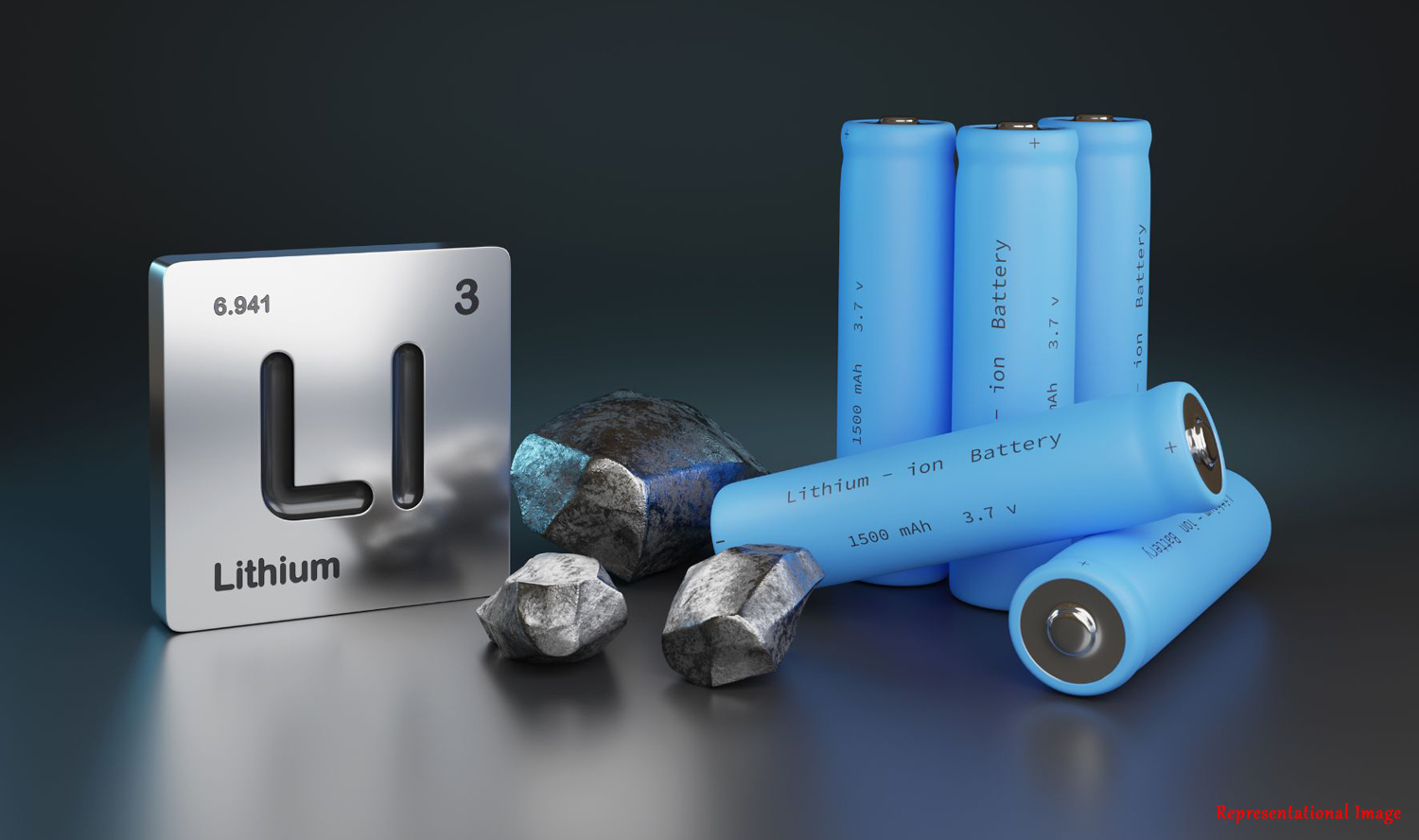
Can the manufacturing sector be productive and, at the same time, reduce carbon dioxide emissions? This is the question plaguing the Indian manufacturing sector currently. It is a dilemma because the solution to these problems usually does not go hand in hand. Also, there are significantly fewer data regarding the emission control and the output of the manufacturing industry in India.
In this study, the authors of this paper include Mr. Prantik Bagchi and Prof. Santosh Kumar Sahu from the Department of Humanities and Social Sciences, Indian Institute of Technology Madras, Chennai, India, Prof. Ajay Kumar from EMLYON Business School, Ecully, France, and Prof. Kim Hua Tan from Nottingham University Business School, Nottingham, UK, have for the first time studied the carbon emissions, carbon productivity, and optimal emission policy at the manufacturing firm-level.

Mr. Prantik Bagchi 
Prof. Santosh Kumar Sahu 
Prof. Ajay Kumar 
Prof. Kim Hua Tan
Data from the Center for Monitoring Indian Economy (CMIE) Prowess IQ and the Ministry of Environment, Forest, and Climate Change (MoEF&CC), Government of India, have been used. Nearly 20 years of data from 1998 to 2019 have been analyzed. Emission control and improving carbon productivity are two contradictory goals. To solve this problem, the authors of this paper have focused on the following objectives:
1. Explain the trade-off (that is, a balance achieved between two desirable but incompatible features/a compromise) between emission and growth for the Indian manufacturing sector.
2. Explain factors affecting the trade-off to help in strategizing policies.
3. Identify the inter-firm heterogeneity in carbon dioxide emission.
The study of the trade-off between emission and growth would be beneficial in the policy context of the Indian economy. The second objective helps to address the question of the gap between the optimal and actual emissions from firms. This objective also helps determine the importance of demand and supply-side factors on emission control and the role of technology and price. The inter-firm heterogeneity in emissions helps define the macro-policy for the industrial sector of the Indian economy.
In this study, the bottom-up approach suggested by the Intergovernmental Panel on Climate Change (IPCC) referral approach was used to estimate carbon dioxide emissions at the firm level. The main findings of the study were as follows:
1. Firms in the Indian manufacturing sector exhibit a weak decoupling. The firms cannot be separated that easily from one another. Thus, there is a need for industrial regulation to ensure sustainable environmental outcomes.
2. Technology and carbon productivity play an important role in emission control. Technology and demand-side factors help to improve carbon productivity.
3. Mixed findings were found with regard to inter-firm heterogeneity. More data are required to understand the decoupling and the trade-off better.
4. Consistent fluctuations were found in carbon dioxide emissions over the past 20 years. This is because of endogenous production decisions, exogenous shocks, and new policy implementation.
5. R&D (Research & Development) efficiency plays a significant role in improving carbon productivity, but policymakers should fix the threshold as the rebound threat is associated with it.
6. An aggressive tax policy was detrimental in the case of emission control.
7. An efficient emission control requires an improvement of the energy mix and R&D intensity.
It will help if firms report their physical energy consumption data so that analysis will be more specific and robust. This would be useful for future research.
Prof. Badri Narayan Rath, Professor from the Department of Liberal Arts, Indian Institute of Technology Hyderabad, Telangana, India, emphasizes the importance of this study by giving the following comments: “This study estimates carbon emission at the firm level for the manufacturing sector of the Indian industries. The authors use annual reports from 1998 to 2019 by using various secondary data sources such as CMIE Prowess IQ and MoEF&CC, Government of India. The results indicate that the CO2 emission and output growth to be 3 and 9 per cent, respectively. This, according to the authors, represents a case of weak decoupling for the manufacturing sector of Indian manufacturing. This weak decoupling is determined by technology adoption, export promotion strategies, environmental taxes, firm-level energy mix, and cap-and-trade policy.
This research represents a solution for both emission control and energy productivity improvement. The authors conclude that if India needs to improve its carbon productivity, it has to focus on R&D related to energy efficiency in this sector. These policies are crucial from the energy and climate policy perspective in India. This is an excellent piece of research and vital for a better understanding of this sector from industrial ecology viewpoint. I congratulate the researchers for their contribution to the academic and policy research.”
Article by Akshay Anantharaman
Here is the original link to the paper:
https://www.sciencedirect.com/science/article/abs/pii/S004016252200138X











